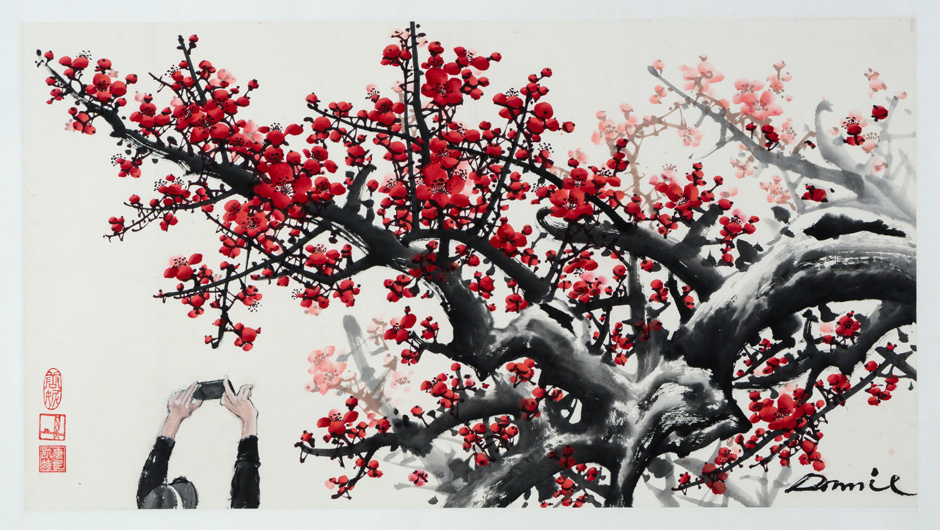CREATIVITY IN THE SNOW ANYONE?
Have a go at making an igloo? With help from adults you can make snow bricks and a great den. How will you decorate the interior?
The Scandinavians have long dark winters but try to create warmth with candles, blankets etc What is Danish hygge?
Check out images of Harbin in China and their amazing snow and ice sculpture event for 3-D ideas.
Go to new places to enjoy the snow and the views. Take some pictures of wintry trees and then use these as an art inspiration. Victoria Crowe is an artist who has done just that. Google her.
What can you make with icicles? What can you make with powdery snow or another kind of snow.
Il neige. It is snowing in French. How many other languages can you say that in? The winner wins an ice-cream. Try making a fun-flavoured ice-cream outside!
If you can get on skis and sledges and swish through The White Stuff!
 P6 were researching about France. When we were researching we were looking for facts that we didn’t really know. One of the facts were that you are not allowed to take snails on a train without there own tickets. Some of
P6 were researching about France. When we were researching we were looking for facts that we didn’t really know. One of the facts were that you are not allowed to take snails on a train without there own tickets. Some of





























 This Is a Duruma doll
This Is a Duruma doll 






















